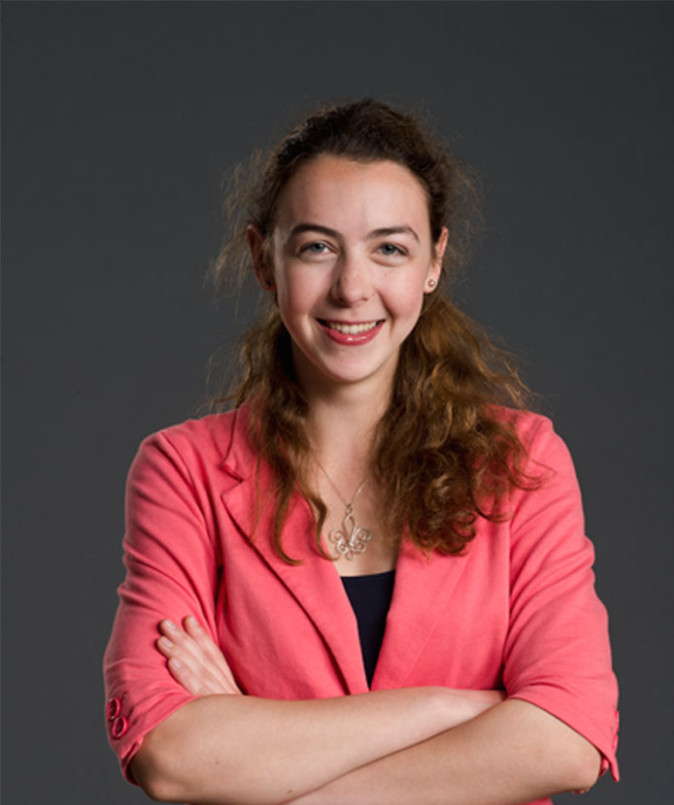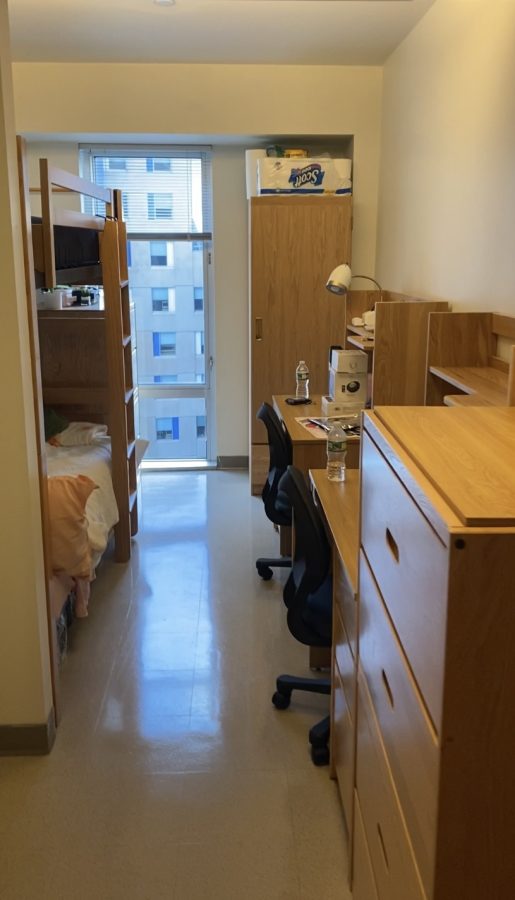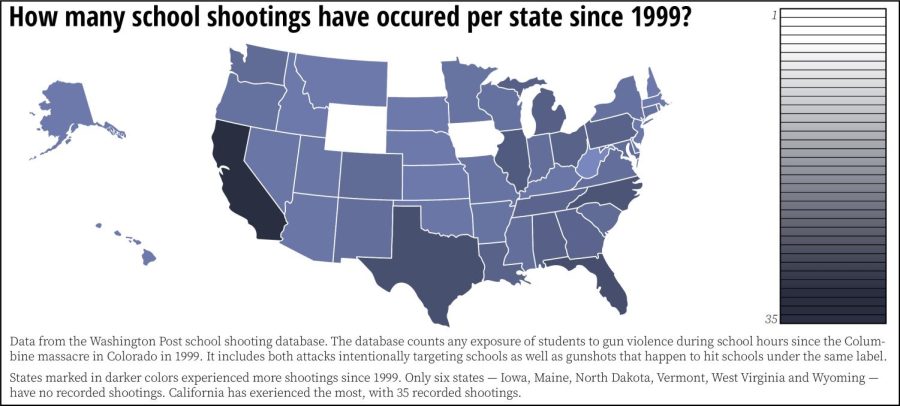By Gwen Schanker, editorial columnist
It’s no secret that women have been historically underrepresented in science, technology, engineering and mathematics (STEM) fields. For many women of the early 20th century, becoming a scientist wasn’t exactly encouraged. Marie Tharp, a female geologist at a time when women earned less than 5 percent of degrees in the earth sciences, discovered the Mid-Atlantic Ridge, Earth’s largest physical feature beneath the ocean floor. However, her finding, which would later play a crucial role in ocean drilling initiatives, was at that time dismissed by a male colleague as “girl talk.” Another victim of this offhand discrimination is British chemist Rosalind Franklin, whose images of DNA in the early 1950s were the first evidence of its double helix shape. However, Franklin received almost no credit for the discovery, which is now primarily attributed to male colleagues James Watson and Francis Crick.
Though the gender gap has narrowed over time, it plays a continued role in the scientific community, especially in areas like math, computer science and engineering, where being a woman is still far too unusual. Explanations for this inequality range far and wide. Some studies show that women have less interest than men in pursuing careers in the sciences, instead preferring more artistic paths that allow them to work with people. Others suggest that abstract stereotyping causes women to think that they don’t fit the conventional image of a scientist, mathematician or engineer, leading them to lose interest early – a phenomenon known as the “leaky pipeline.”
These factors combine to create a barrier of entry for women in scientific fields that persists today. However, contemporary female scientists have made it a priority to show that science is for everyone by providing mentorship opportunities for women of all ages. I encountered one example while on my co-op in communications at the Woods Hole Oceanographic Institution (WHOI). One of the researchers I interviewed, Anna Michel, is developing laser technology that can sense greenhouse gases in the deep sea. I recently learned that Michel also runs an annual weeklong workshop for elementary school girls: The Girls in Ocean Science and Engineering (GOES) Institute.
Through GOES, girls from local schools spend a week at WHOI exploring oceanography and engineering. Graduates of the program also return to the institution for alumni days each summer. Michel has always been passionate about inspiring the next generation of STEM leaders.
“Very few women go into engineering, because girls just don’t get the message that they should be engineers,” she said in a 2006 interview with the MIT-WHOI Joint Program.
The GOES program, funded by a grant from the National Science Foundation, plays a critical role in establishing a more equal playing field for female engineers.
In addition to in-person mentorship, living in the digital age also allows young female professionals to connect online, contributing to a global network of female scientists.
Organizations like Women in STEM (WiSTEM), TechWomen and the International Network of Women Engineers and Scientists (INWES) all help to bring together current and future leaders from around the world. There’s also plenty of STEM networking happening right here at Northeastern. Recently, I had the chance to write about the Science Club for Girls for the College of Science website. Other clubs like the Northeastern University Women in Technology (nuWiT) and the Society of Women Engineers (SWE) also help to connect female science majors.
As young girls, Marie Tharp and Rosalind Franklin didn’t have mentors to look up to, nor were they exposed to the supportive network that exists today. With programs like GOES and a growing global community of women in STEM, there’s no limit to what today’s generation of female scientists, engineers and mathematicians will accomplish.















